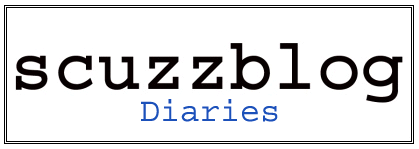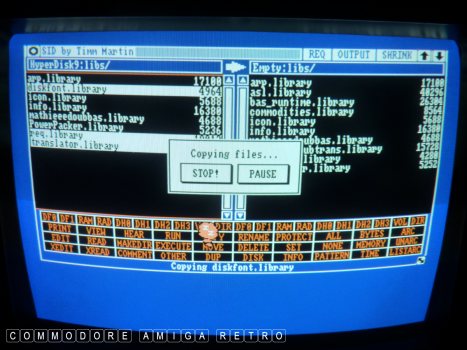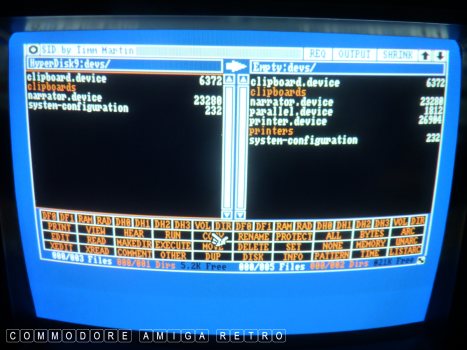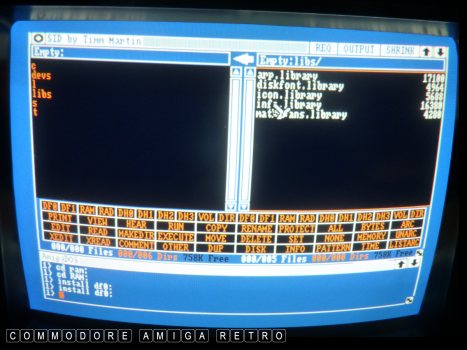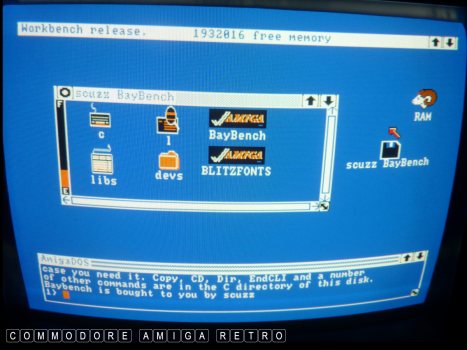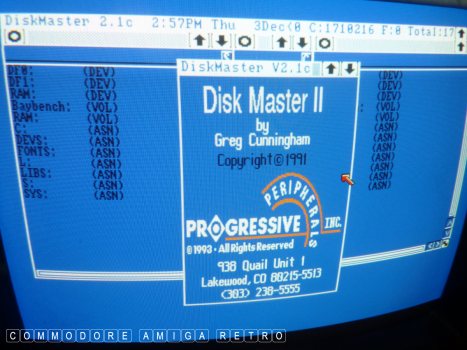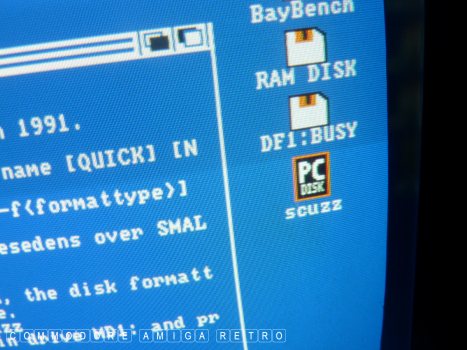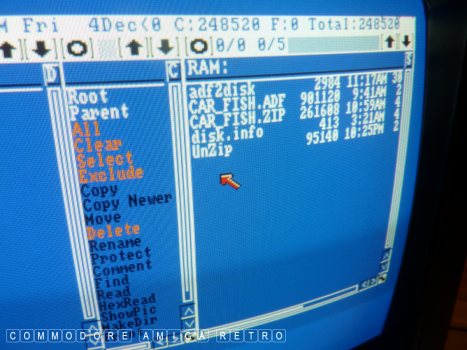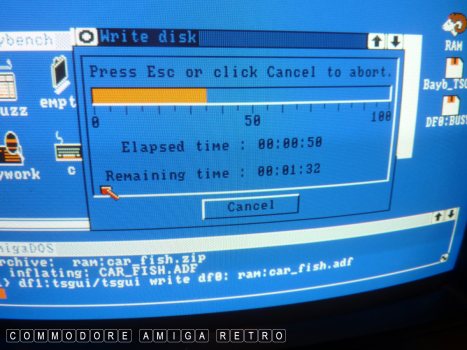
You may recall I copied libs files to my self created Workbench
disk when I created the BayBench set.
Similarly I copied the devs drawer and devices.
Whenever I found useful libraries I would copy them to the disk.
The aim when creating my A500 BayBench disk was to populate
Note that only a certain number of files are needed to create a
Because the Amiga uses simple drawers to access certain files
For more on creating your own A500 Workbench disks see the
Previously on scuzzblog: Baybench 1.3 - Make your own WB
Previously on scuzzblog: Baybench 1.3 - Adding Disk Master.
Previously on scuzzblog: Baybench 1.3 - Adding MultiDOS.
Previously on scuzzblog: Baybench 1.3 - UNZIP and ADF.
Previously on scuzzblog: Baybench 1.3 - ADF and TSGUI.
ScuzzBlog: Diaries October 2024
Entry 18th October 2024: Post 1: Amiga - Libraries and Devices.
Amiga Magazines - Helping Hands.
One of my Amiga hobbies is to collect Libraries. No matter where
they exist on disks I tend to copy them to my repository. I also
collect 'C' tools and DEVS but hey.
I discussed yesterday the help pages of magazines, and although
many articles in the older magazines talk predominantly about
which ever Workbench was relevant at the time, they also discuss
specifics relating to a particular Workbench, that may still be
beneficial when using older Amiga computers.
Take this article about Libraries and Devices for Christmas '93
as featured in Amiga Format. Whilst touching on Workbench 3 you
sense it is still aimed at the Amiga 500 range of computers. Any
refresher you undertake in respect of reading up on the Amiga
systems is bound to pay dividends in the end.
Like I said yesterday a lot of help pages do not find their way
into magazine scan pages and so having the original mags is key
to learning this kind of stuff.
Anyhoo you don't need to buy the mag to gen up on libraries as I
have copied the wording into today's blog.
01: The Libs directory is a system directory contained on your
Workbench disk and on many other bootable disks. Its purpose is
to store library files. A library is a set of programming
routines that are frequently used. Instead of having to code
them into each program, they are compiled into one file. Some
libraries are actually part of the Amiga ROM, but many are to
be found on your Workbench disk.
02: Some libraries are used by programmers to avoid unnecessary
work ( and who can blame them). Libraries such as ARP (Amiga
Resource Project) provide an easy way to integrate things such
as file requesters into programs, without having to mess about too
much with window structures. This has the added advantage that if
everybody uses them, all software becomes similar, and therefore
easier to get into.
03: The bad thing about libraries is that it means some programs
won't run on their own, they need the relevant library to be
present in the libs: directory of your boot up disk. This is not
too disadvantageous in the case of libraries supplied with your
Workbench, but can cause some confusion if the library is a Public
Domain one, because they will have to be copied along with the
programs when installing software on different disks.
04: Currently the most popular libraries in use are the decrunch.
library and the explode.library, which are used with compression
utilities like DiskMaster and other applications. If you do not
have the correct library installed, the utility will not work.
05: Libraries are quite often updated. They are usually backwardly
compatible, but occasionally software will not work on an A600
with version 6 of the explode.library, but it will work fine with
version 4.4. It is impossible to install two versions of the same
library at the same time.
06: One of the later additions to the range of libraries is the
asl.library, which is included in Workbench 2. This is Commodore's
answer to the Arp.library and is indeed, very much better.
07: The devs: directory is home to device files. These are very
similar to libraries, but are usually concerned with the control
of hardware (although some hardware is controlled by libraries,
like the Retina graphics card). It is also home to all your keymaps,
monitor drivers and printer drivers.
08: Devices are usually mounted and this is where you will find
the "mountlist" file too, a list which tells AmigaDOS how the
devices work and what way to access them. This has been largely
superseded in Workbench 3, because devices are mounted directly
one at a time from their own lists.
09: Another new driver in Workbench 3 is datatypes. These are
definitions of filetypes which allow the Multiview program to
play and display them.
Amiga - Libraries and Devices.
the disk with not only those files needed to drive Workbench
but also provide useful libs etc for popular software.
bootable Workbench disk.
it is very easy to build a bootable disk from files salvaged
from older disks. Just copy them over. Easy.
Previous blogs on the matter
articles I created below.
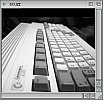
If you can only see this CONTENT window
then click the image above for the full site
Last updated 18th October 2024
Chandraise Kingdom
![]()
Keep the Faith
scuzzscink 2024
